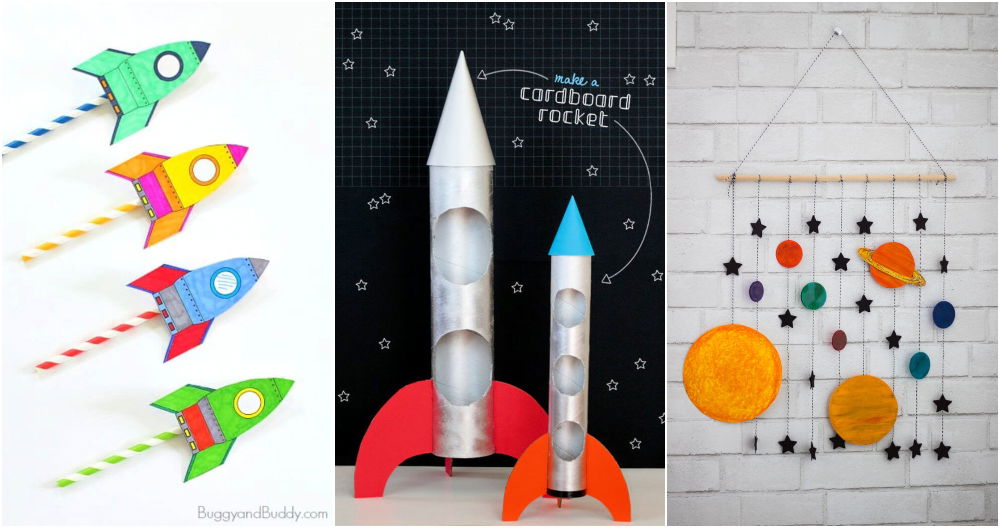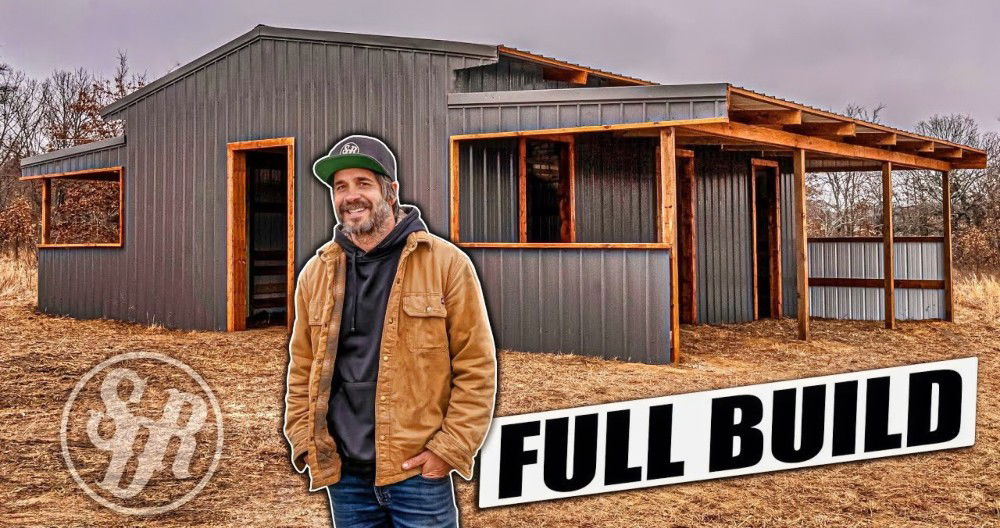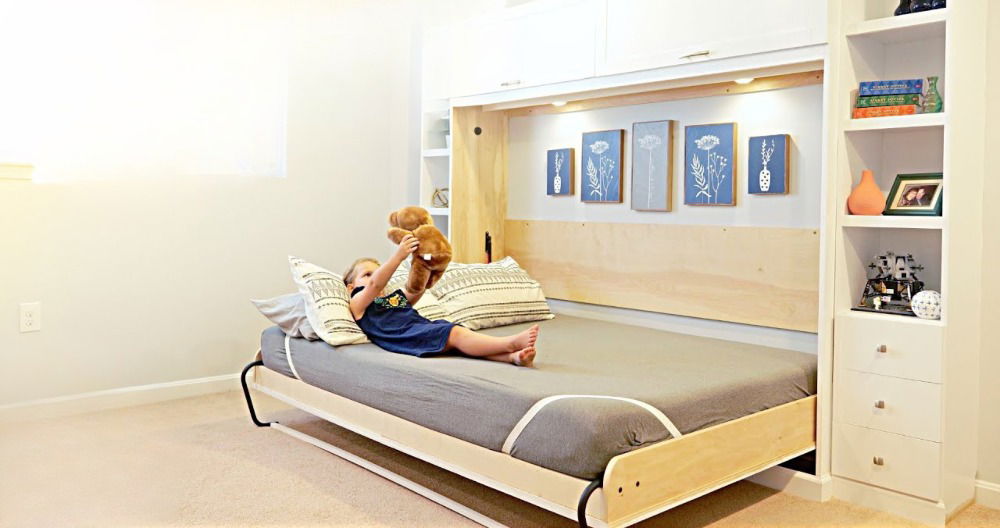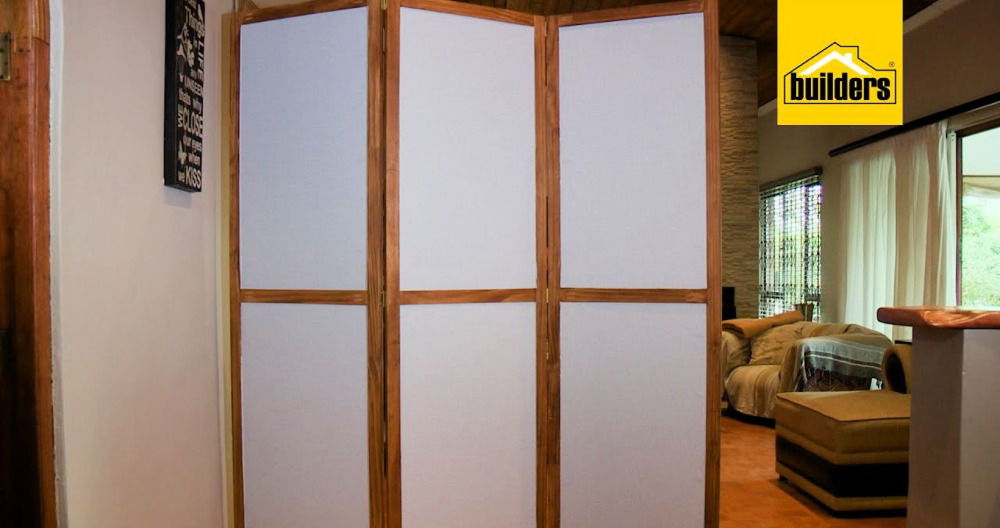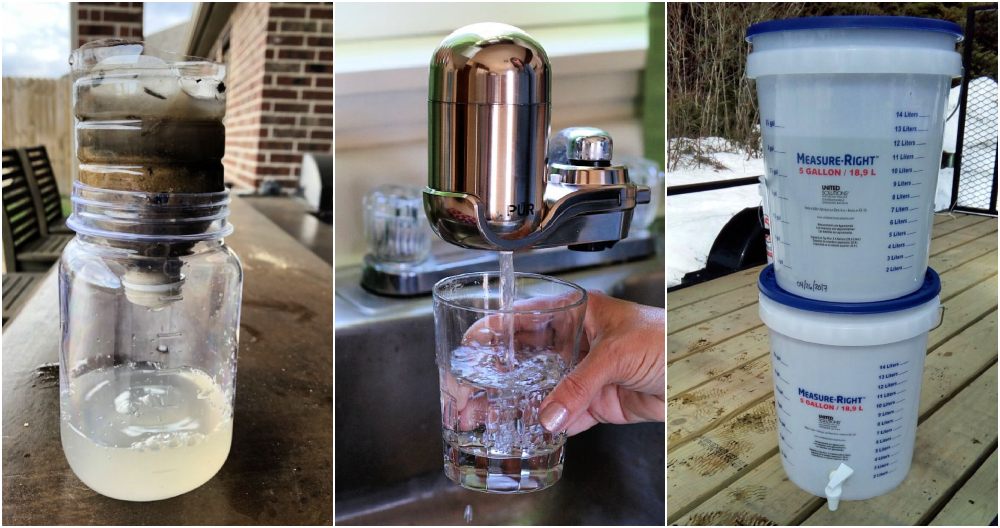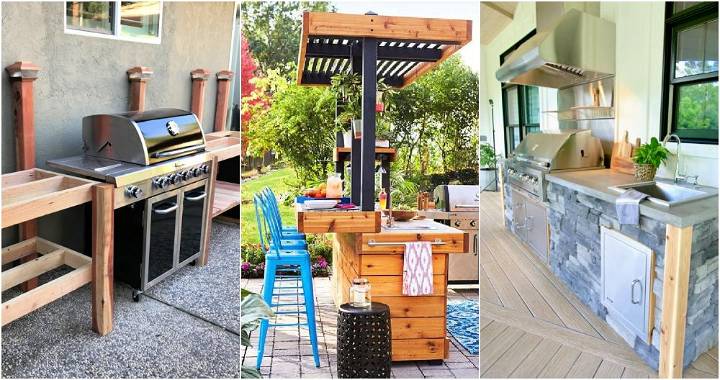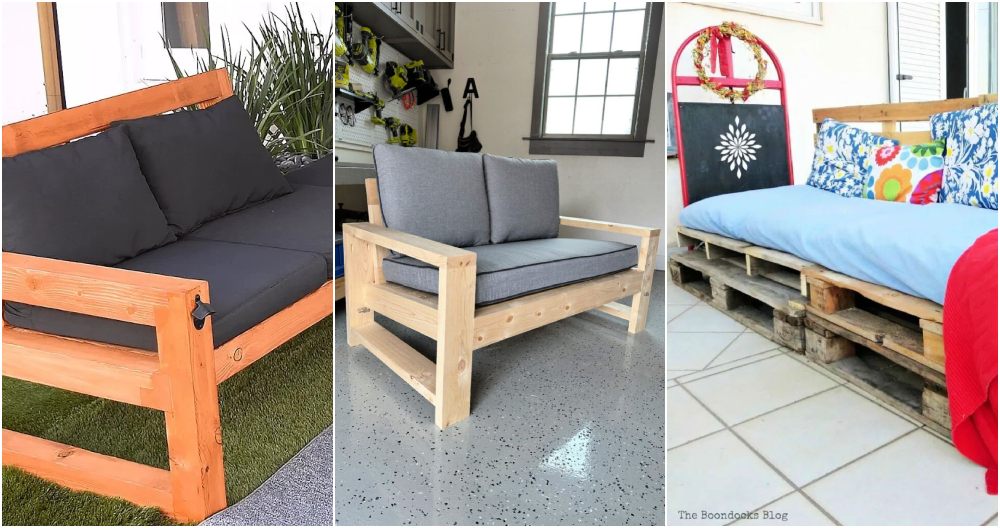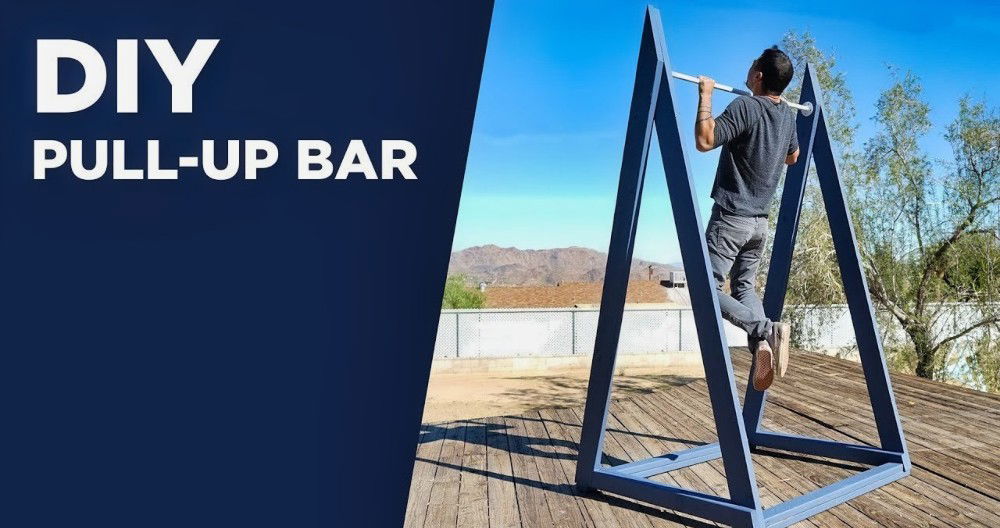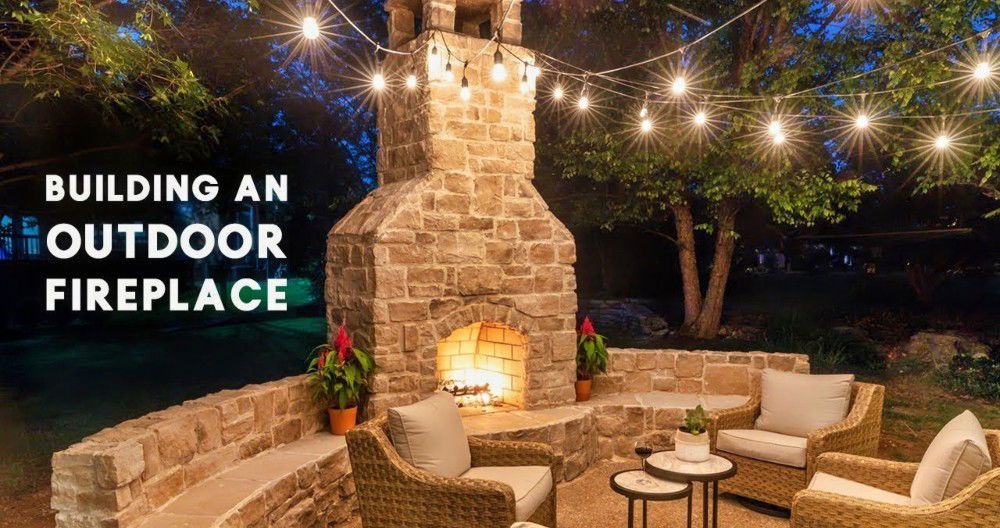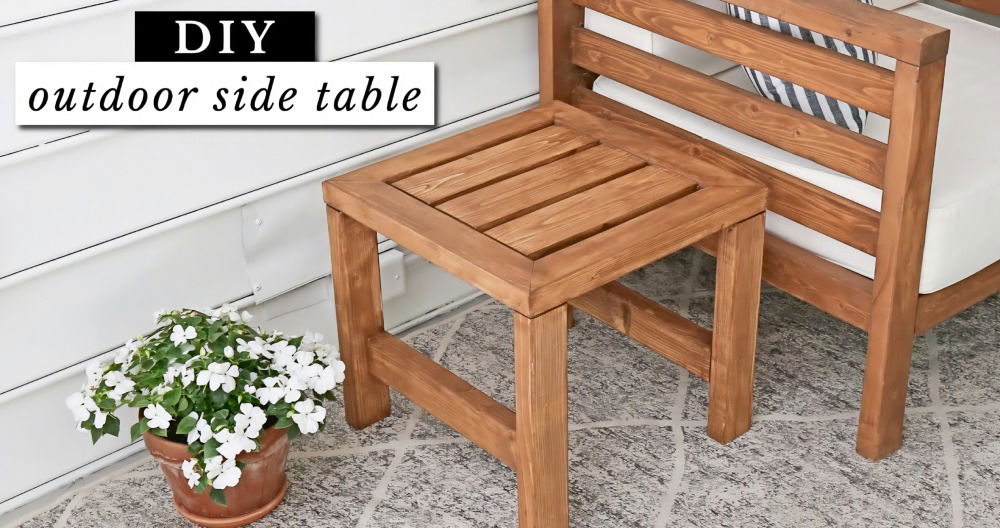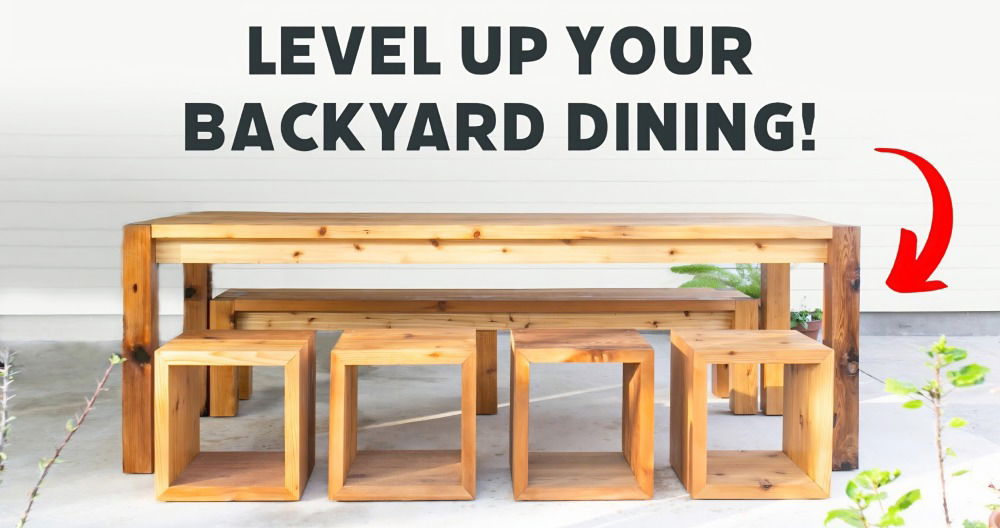The drive to revamp a neglected corner of my yard near the driveway was strong, but inspiration was scarce until a recent trip to the hardware store sparked a vision. There, among the aisles, I discovered polyresin planters that seemed perfect for a bold, new project: a DIY vanishing waterfall fountain. My experience with these planters in past projects reassured me of their durability against weather and UV rays, pushing me to embark on this adventure.
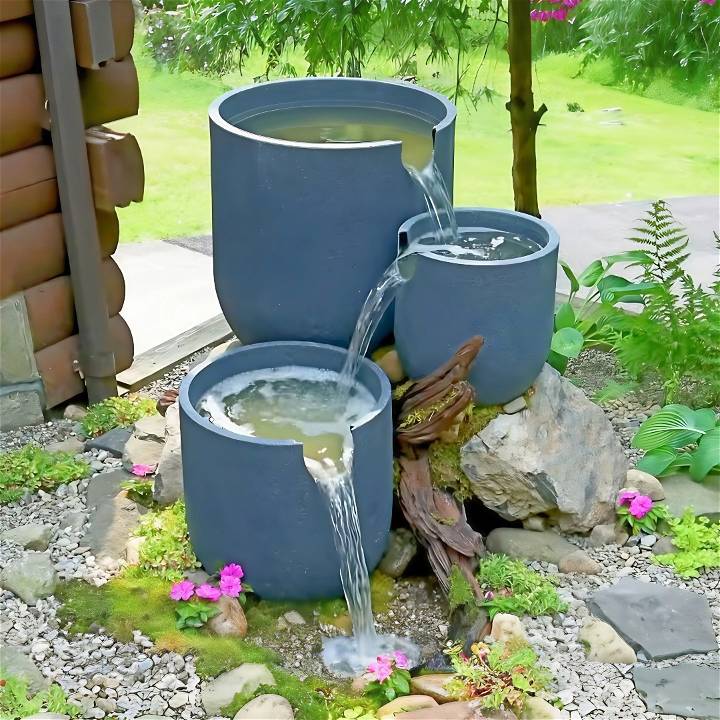
Materials Needed and Their Significance
- Polyresin Planters: Chosen for their stone-like appearance and weather resistance.
- Shovel & Tamping Tool: Essential for excavating the area to make a stable foundation.
- Geotextile Fabric & Pond Liner: These provide protection to the liner from sharp objects and root penetration.
- Pea Pebbles & Pavers: Used for leveling and making a flat surface at the base of the pond.
- Cinder Blocks & Pressure-Treated Spindles: Serve as a budget-friendly structure to support the planters and mesh.
- Galvanized Mesh: This forms a cover over the water basin, supporting the weight of rocks and planters.
- Flexible PVC Piping & Fittings: Vital for making the fountain's water flow and spillways.
- Pump: The heart of the fountain, circulating water through the system.
- Decorative Stones, River Rocks, & Moss: For aesthetic finishing touches that disguise the fountain's working elements.
Step-by-Step Guide to Building Your Fountain
Learn how to build your own fountain with our step-by-step guide. From preparing the site to adding the finishing touches, make a beautiful water feature for your space.
Preparing the Site
First, the site needed to be cleared. After removing mulch, weeds, and any undesired plants, I marked a 4x4 foot area. Digging ensued, making a space approximately 20 inches deep, to host a 200-gallon water reservoir. This stage, although laborious, was crucial for a flat and stable foundation.
Laying the Foundation
After placing geotextile fabric to protect the pond liner, I installed the liner itself, anchoring it with stones. Leveling was key, so I adjusted by pouring pea pebbles for an even surface and followed up with strategically placed pavers. This step was essential for the subsequent phases, ensuring the stability of the entire structure.
Erecting the Cinder Block Structure
Utilizing cinder blocks, I constructed a robust and affordable base within the hole. This framework not only supported the planters but also allowed for easy integration of the water pump and tubing. To safeguard the liner from the blocks, I wrapped the edges with extra geotextile fabric.
Adding Aesthetic Elements
Positioning the planters on the cinder block structure was a moment of visualization. Adjusting for height and aesthetics, I incorporated stones and driftwood for a natural appearance, ensuring stability with expanding foam and decorative touches like moss to conceal any artificiality.
Implementing the Water System
The technical part involved making spillways in the planters for water flow and connecting the pump with flexible PVC piping. This setup promised a continuous water cycle, from the pump up through the planters and cascading back down into the reservoir, a loop vital for the fountain's operation.
Final Touches: Planting and Rock Placement
Plant selection focused on species that thrived in moist environments, such as hostas and ferns. The introduction of creeping plants added ground cover without overshadowing the fountain's design. Applying river rocks, pea pebbles, and larger stones around the planters enhanced the natural look while camouflaging the supporting mesh.
Enjoying the Outcome
After hours of digging, positioning, and planting, the transformation was stunning. From a barren patch of land to a cascading waterfall feature, this DIY project became a peaceful retreat, bringing life with the gentle sound of water and attracting local wildlife.
The pump effortlessly recirculated water through the crafted spillways, making a serene ambiance. Though the project required adjustments and problem-solving, the result was a functional, aesthetically pleasing fountain that blended harmoniously with its surroundings.
Reflections and Anticipations
This journey taught me the value of planning, patience, and creative improvisation. The vanishing waterfall fountain not only revitalized an underused area of my yard but also served as a stepping stone for future outdoor projects.
Sharing this experience, I hope to inspire others to see the potential in their spaces, no matter how daunting the task may seem at first. With some imagination, a bit of hard work, and a willingness to learn, transforming any part of your yard into a beautiful, functional feature is within reach.
Design Inspiration for Your DIY Water Fountain
Making a DIY water fountain can be a delightful project that adds a touch of tranquility to your garden or outdoor space. Here are some design ideas to inspire your creation:
Simple Elegance with Solar Energy
Harness the power of the sun with a solar-powered water fountain. This eco-friendly option not only saves on electricity but also allows for flexibility in placement since you're not constrained by the need for an electrical outlet. You can start with two flower pots of different sizes, add some river rocks for natural beauty, and install a solar pump. The result is a charming and sustainable water feature.
Modern Minimalism
For a contemporary look, consider a bubbling garden fountain with a sleek, modern design. You can make this with inexpensive materials and a little bit of weekend time. The minimalist aesthetic can be a calming presence in your garden and serve as a stylish focal point.
Garden Florals
Decorate your fountain with garden florals to integrate it seamlessly into your outdoor space. You can enhance a store-bought fountain with your favorite flowers or greenery, making it a unique and personalized feature in your garden.
Rustic Charm with Flower Pots
Build a charming, rustic fountain using flower pots. This budget-friendly project can be completed for under $50, especially if you already have some pots available. It's a simple way to add a water element to your space without a significant investment.
Small Space Solutions
Even if you have a small yard or patio, you can still enjoy the benefits of a water fountain. Opt for a compact design that fits your space and enhances its ambiance. A small fountain can be just as effective at making a peaceful environment as a larger one.
Vintage Vibes
Incorporate a sense of history with a vintage fountain. Whether it's a classic tiered design or a repurposed antique, a vintage fountain can add character and charm to your outdoor area.
Tile and Texture
Add visual interest with a fountain covered in patterned tiles or surrounded by textured elements like ivy or hedges. This can make a stunning backdrop for your outdoor seating area and give your fountain a timeless feel.
Personalize your outdoor fountain to match your style and make the desired atmosphere. Find the perfect DIY design for you. Enjoy building!
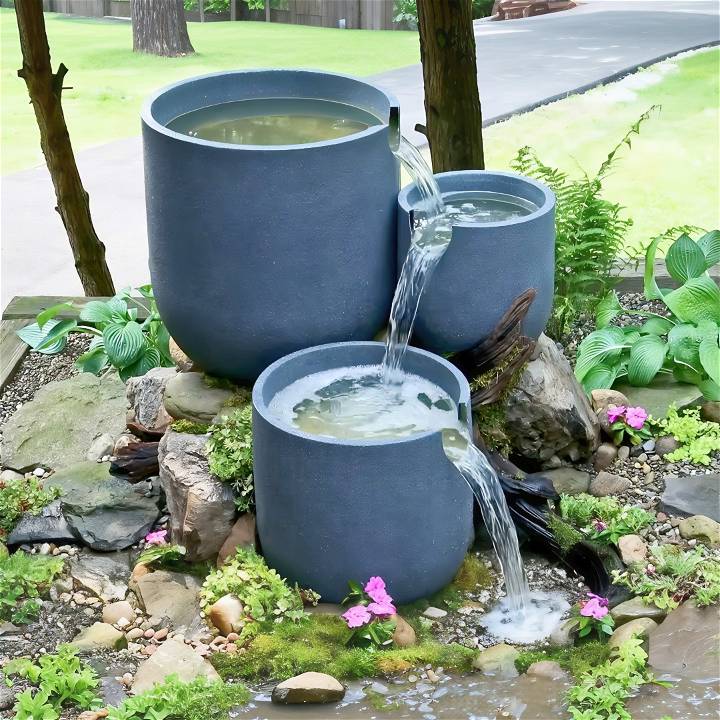
Troubleshooting Common Issues with DIY Water Fountains
When you embark on the journey of making a DIY water fountain, you might encounter a few hiccups along the way. Here's a guide to help you troubleshoot some of the most common issues:
Pump Problems
The pump is the heart of your fountain, and if it's not working correctly, your fountain will not function. If your pump is not running, first check to make sure it's plugged in and receiving power. Next, inspect the pump for any debris that might be clogging it and clean it out. Ensure the water level is high enough to cover the intake valve, as running it dry can damage the pump.
Algae Growth
Algae can quickly turn your beautiful fountain into a green, murky mess. To combat algae, ensure your fountain is placed in a shaded area and clean it regularly. You can also add an algaecide designed for fountains, but make sure it's safe for any wildlife that may visit your fountain.
Leaks and Cracks
Leaks can be a common issue, especially in fountains made from porous materials. Check for any visible cracks or holes where water might be escaping. Seal any leaks with a waterproof sealant suitable for your fountain's material. Remember, regular maintenance can prevent small cracks from becoming big problems.
Water Evaporation
Water levels can drop due to evaporation, especially during hot weather. Make sure to regularly top off the water to keep your pump submerged. Consider adding a water feature such as a splash guard to minimize water loss.
Electrical Issues
If your fountain is not working and it's not the pump, you might have an electrical problem. Check all connections and cords for signs of wear or damage. Always ensure that your fountain's electrical components are safe and meet any local regulations.
Noise Concerns
A noisy pump can disrupt the peaceful ambiance you're aiming for. If your pump is making noise, it might be vibrating against the side of the fountain. Try repositioning the pump or placing a sponge or rubber mat underneath it to reduce noise.
Water Quality
Murky water can be due to a variety of factors, including debris, overfeeding fish (if you have them), or leaves falling into the fountain. Regular cleaning and the use of a water clarifier can help maintain clear water.
By keeping an eye on these common issues and performing regular maintenance, you can ensure your DIY water fountain remains a serene and functional feature in your outdoor space.
FAQs About DIY Water Fountains
Explore the FAQs About DIY Water Fountains - get expert answers and tips on making your own stunning water feature for your home or garden.
How do I keep my water fountain clean?
Regular maintenance is key to keeping your water fountain clean. Remove debris like leaves and twigs, scrub the surfaces to prevent algae buildup, and ensure the water is treated with safe cleaning agents. It's also helpful to use distilled water to minimize mineral deposits.
Can I build a water fountain if I have limited space?
Yes, you can build a water fountain even in a small space. Tabletop fountains or wall-mounted fountains are great options for compact areas. Choose a design that fits your available space and complements its surroundings.
Do I need a professional to install a DIY water fountain?
No, you don't necessarily need a professional. Many DIY water fountain projects are designed for beginners and come with step-by-step instructions. However, if you're working on a complex design or dealing with electrical components, consulting a professional might be safer.
How do I choose the right pump for my water fountain?
The pump size depends on the volume of water in your fountain and the height you want the water to reach. Look for a pump with an appropriate gallons-per-hour (GPH) rating for your fountain's size and ensure it's rated for outdoor use if necessary.
Is it expensive to run a water fountain?
The cost of running a water fountain varies based on the pump's energy consumption and local electricity rates. To save on costs, consider using a solar-powered pump or a pump with a timer to run it during specific hours only.
Conclusion:
Wrapping up this guide to making a DIY water fountain, you now have the knowledge and inspiration to start your project. With these tips and tricks, you can easily enhance your outdoor space with a beautiful water feature.


